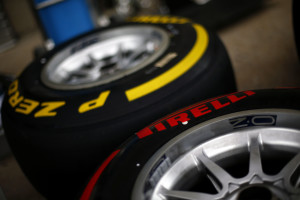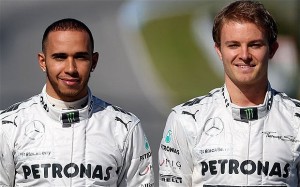
For as long as can be remembered Formula 1 Racing has always been the considered the pinnacle of motor racing. It seems apt then that F1, for the will run a race at a former Olympic site. After all in the world of sport there is no more prestigious achievement than being an Olympic Champion.
For the first time in its history Formula 1 heads to Russia to run on its 5.8 km long Sochi Autodrom. In a similar fashion to Canada’s Circuit Gilles Villeneuve the Sochi International Circuit, designed by F1 architect Herman Tilke, will run around the Sochi Olympic Park which hosted the 2014 Winter Olympic Games.
Whether a rookie or a seasoned campaigner, for all driver’s a new circuit is a step into the unknown. Despite the technologically advanced simulators that teams sport these days it is still just that – an imitation. “What the simulator does is let you speed up this process and make initial decisions about car set-up and so on. What the simulator can’t do for a new circuit is give a precise idea of the grip levels you will find as it’s a surface we’ve never raced on before,” said Lotus’ Romain Grosjean.
 The circuit’s layout, divvied up into 18 corners, is a mixture of medium speed corners with a couple of fast straights for good measure. “There are definitely similarities to other tracks, perhaps the best comparison is Singapore,” Sebastian Vettel summed up. “But unlike Singapore, the layout is more fluid, so it will be much faster. Some sectors remind me a bit of South Korea or Abu Dhabi.” As a result the circuit should dictate a relatively high downforce set-up.
The circuit’s layout, divvied up into 18 corners, is a mixture of medium speed corners with a couple of fast straights for good measure. “There are definitely similarities to other tracks, perhaps the best comparison is Singapore,” Sebastian Vettel summed up. “But unlike Singapore, the layout is more fluid, so it will be much faster. Some sectors remind me a bit of South Korea or Abu Dhabi.” As a result the circuit should dictate a relatively high downforce set-up.
The tyres supplied by Pirelli in 2014 has, mostly, performed predictably but with a new track surface in Russia and a changeable weather forecast teams are in the unfamiliar position of having no forecast for tyre performance. “In terms of overall tyre energy demands, Russia is somewhere in the middle, and measurements also indicate low-abrasion asphalt,” Pirelli motorsport director Paul Hembery.
What then does all of this mean for racing? One thing a new venue for Formula 1 will do is even out the playing field between the two Mercedes drivers. Seeing as they’ve never set a wheel of this particular bit of asphalt neither Lewis Hamilton nor Nico Rosberg can claim a performance advantage.
On the forefront of many team’s mind this weekend will the possibility of incurring a grid penalty. As the season draws to its end a few teams and drivers are running their allotment of power units on a wing and prayer. Not least of Sebastian Vettel could be the first of the front-runners to incur a 10 place grid penalty as the German is already on power unit number five for the season.
drivers are running their allotment of power units on a wing and prayer. Not least of Sebastian Vettel could be the first of the front-runners to incur a 10 place grid penalty as the German is already on power unit number five for the season.
Yet another miserable weekend, this time in Japan, will have rubbed salt in Ferrari’s wounds. A retirement for Fernando Alonso and a non-points scoring finish for Kimi Raikkonen has done little to aid the Italian team in their fight for third place in the Constructor’s championship. They will need a solid performance this weekend against rivals Williams who should be in better shape than a week ago.
For every year since 1950 a Formula 1 world champion has been crowned; and for almost all of these 64 years this majestic sports has continued to break new ground and make superhuman advances. In its 2014 incarnation the irresistible lure of Lewis Hamilton and Nico Rosberg and a championship of a knife edge still fuels an irrepressible passion that’s about to be unleashed in Russia.


